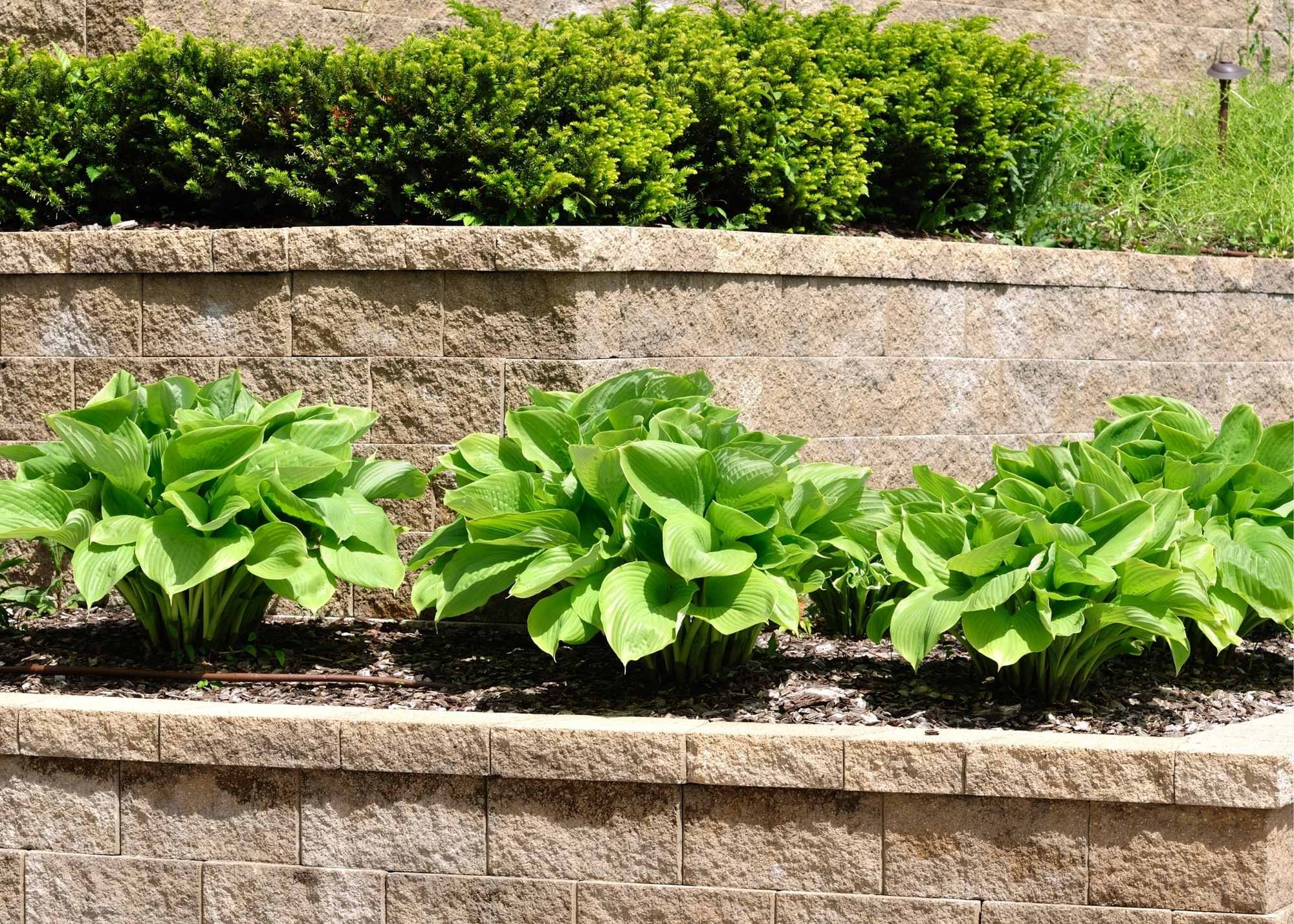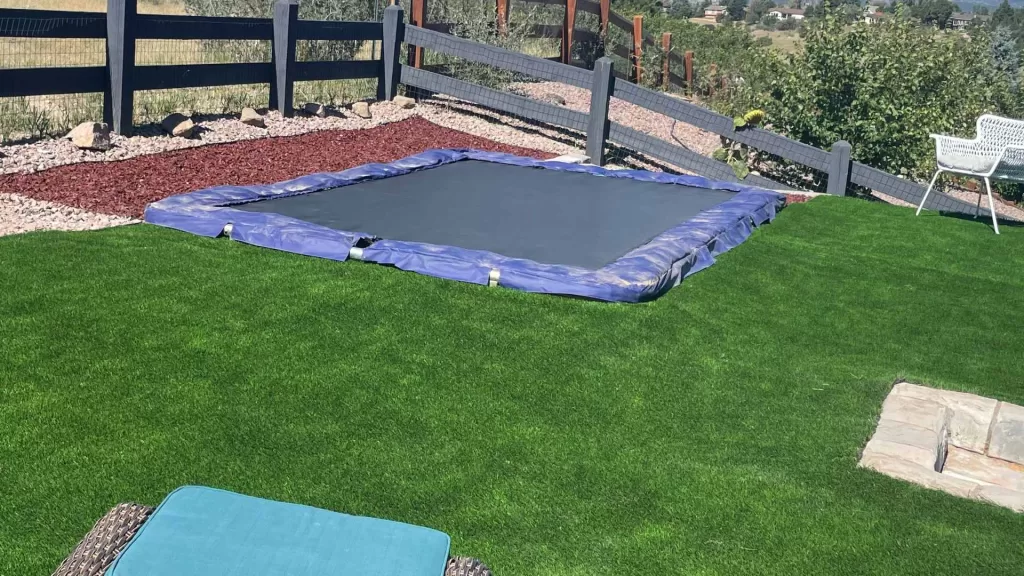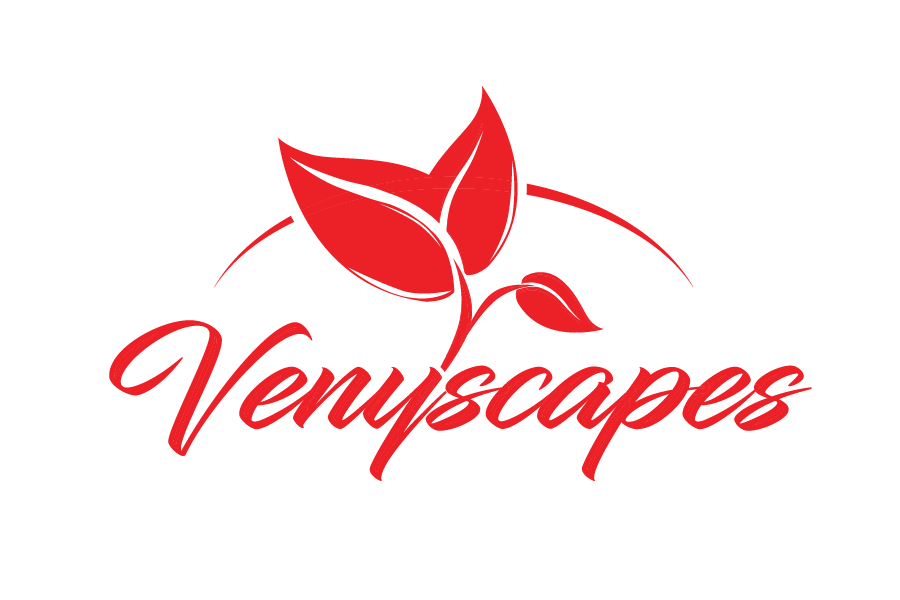
Retaining walls are not just functional structures; they are essential elements in landscaping and drainage systems. They serve to hold back soil and create level surfaces, allowing for the transformation of uneven terrain into usable spaces. Understanding the significance of retaining walls in both landscaping and drainage is crucial for creating a visually appealing and functional outdoor environment.
Understanding Retaining Walls
Retaining walls are structures designed to prevent the erosion of soil and to create level areas on sloped landscapes. They come in various types and materials, each suited for different purposes and aesthetics. Whether it’s a gravity wall, cantilever wall, or anchored wall, understanding their construction and purpose is key to effective landscaping.
Retaining Wall Ideas for Landscaping
Terraced Gardens
Terraced gardens are a versatile landscaping solution that not only adds visual interest but also optimizes space for plant growth. By creating multi-level planting beds, you can transform a steep or uneven landscape into a series of flat, easily accessible tiers. This not only adds dimension to your garden but also provides opportunities to showcase a variety of plants with different sunlight and moisture requirements. Terraced gardens can range from small, intimate spaces to grand cascading landscapes, offering endless possibilities for creativity and functionality.
Seating Walls
Incorporating built-in seating into retaining walls is a clever way to maximize space and create inviting outdoor entertainment areas. Seating walls can be seamlessly integrated into retaining walls, providing comfortable seating options for gatherings with family and friends. Whether it’s a cozy nook for two or a sprawling seating area for a large party, these versatile features not only serve a practical purpose but also enhance the aesthetics of your outdoor space. With the right materials and design, seating walls can blend seamlessly into your landscape, creating a cozy and inviting atmosphere for relaxation and socializing.
Focal Point Walls
Focal point walls are an excellent way to elevate the aesthetics of your landscape and create captivating focal points. By adding decorative features such as water features, sculptures, or intricate masonry work to retaining walls, you can transform them into eye-catching focal points that draw attention and spark conversation. Whether it’s a striking fountain, a vibrant mural, or a tastefully designed mosaic, these decorative elements can add personality and charm to your outdoor space. Focal point walls can be strategically placed to enhance views, create visual interest, and establish a sense of harmony and balance in your landscape design.
Curved Walls
Curved retaining walls offer a softer, more organic alternative to traditional straight walls, adding visual interest and flow to your landscape design. By incorporating gentle curves and graceful arcs into retaining walls, you can create a sense of movement and rhythm that harmonizes with the natural contours of the land. Curved walls are particularly effective for softening the harsh lines of hardscape elements such as patios, walkways, and driveways, creating a more inviting and welcoming outdoor environment. Whether it’s a sweeping serpentine wall or a subtle curve along a garden border, curved retaining walls can add elegance and charm to any landscape.
Vertical Gardens
Vertical gardens, also known as green walls or living walls, offer a creative solution for maximizing greenery in limited spaces. By utilizing retaining walls as vertical planting surfaces, you can create lush, verdant displays that add texture, color, and life to your landscape. Vertical gardens can be designed using a variety of plants, including cascading vines, ferns, succulents, and flowering perennials, allowing you to customize the look and feel of your outdoor space. Whether it’s a small accent wall or a sprawling living mural, vertical gardens can transform ordinary retaining walls into vibrant works of art that delight the senses and rejuvenate the soul.
Maximizing Usable Space with Retaining Walls
Creating Level Surfaces

One of the primary benefits of retaining walls is their ability to create level surfaces on sloped terrain, making them ideal for constructing patios, decks, play areas, and garden beds. By building retaining walls, you can transform uneven or unusable areas into functional outdoor spaces that are perfect for relaxing, entertaining, or gardening. Level surfaces provide stability and accessibility, making it easier to maintain and enjoy your outdoor space year-round.
Building Raised Vegetable Gardens
Raised vegetable gardens are a popular choice for homeowners looking to grow their own produce in limited space. By building retaining walls to create raised beds, you can provide optimal growing conditions for vegetables while improving drainage and soil quality. Raised beds offer several advantages, including better weed control, improved soil aeration, and easier access for planting, watering, and harvesting.
Designing Outdoor Kitchens or Fire Pits
Tiered retaining walls offer endless possibilities for designing functional and aesthetically pleasing outdoor living spaces. By incorporating retaining walls into your outdoor kitchen or fire pit design, you can create inviting gathering spots. These spaces are perfect for entertaining guests or enjoying cozy nights under the stars. Tiered levels can be used to define different areas within your outdoor space. Such as cooking, dining, and lounging areas, while retaining walls can provide seating, counter space, and storage options. Whether you’re hosting a summer barbecue or roasting marshmallows around a fire pit consider installing a new retaining wall. Tiered retaining walls can enhance the ambiance and functionality of your outdoor living space.
Retaining Walls for Effective Drainage
Proper drainage is not just a concern for landscaping aesthetics; it’s a critical factor in maintaining the integrity and longevity of retaining walls. Without adequate drainage, water buildup behind retaining walls can exert excessive pressure, leading to soil erosion, structural instability, and potential failure. Therefore, designing retaining walls as part of a comprehensive drainage system is essential for ensuring their durability and performance over time.
Incorporating Drainage Solutions Into Retaining Walls
There are several drainage solutions that can be incorporated into the design of retaining walls to ensure efficient water management:
Weep Holes
Weep holes are small openings strategically placed along the base of retaining walls to allow excess water to drain out. These holes help relieve hydrostatic pressure by allowing water to escape, reducing the risk of soil saturation and erosion behind the wall. Weep holes can be installed during construction or added later as retrofit measures to existing retaining walls.
Drainage Pipes
Drainage pipes or French drains, are installed behind retaining walls to collect and redirect water away from the structure. These pipes are typically surrounded by gravel or aggregate to facilitate water infiltration and prevent clogging. By intercepting groundwater and surface runoff, drainage pipes help prevent water buildup and alleviate pressure on retaining walls, ensuring their long-term stability.
Gravel Backfill
Using gravel or aggregate as backfill material behind retaining walls can improve drainage and soil stability. The porous nature of gravel allows water to percolate through the soil more easily. Thus, reducing the risk of saturation and erosion. Additionally, gravel backfill helps promote soil compaction and prevents settlement. This enhances the overall performance of the retaining wall.
Professional Installation and Maintenance
Proper installation of drainage solutions is crucial for their effectiveness and longevity. It’s essential to hire experienced professionals who have the expertise to design and install drainage systems that meet the specific needs of your site. Additionally, regular inspection and maintenance of drainage features are essential to ensure they remain functional and free of obstructions over time.
Sustainable Drainage Practices
Incorporating sustainable drainage practices into the design of retaining walls can further enhance their effectiveness and environmental impact. Green infrastructure techniques, such as vegetated swales, rain gardens, and permeable paving, can help manage stormwater runoff more effectively, reducing the burden on the wall and minimizing the risk of erosion and flooding. By integrating green infrastructure into your landscape design, you can create healthier, more resilient ecosystems while protecting the integrity of your retaining walls.
Contact an Atlanta Drainage Contractor – Venyscapes
If you’re considering installing a retaining wall or exploring other drainage solutions for your property in Atlanta, don’t hesitate to reach out to Venyscapes. Our team of experienced Atlanta drainage contractors specializes in designing and installing custom drainage systems tailored to your specific needs and site conditions. Contact us today to schedule a free consultation and take the first step toward effective water management and protection for your property.
Atlanta Landscaping company
Frequently Asked Questions
If you don’t see an answer to a question you have, feel free to contact us. We are happy to answer any questions you have.
Quality
We know quality is important when looking for your landscaping and drainage needs. Quality is most important to us and we promise to deliver just that.
Experienced
As a drainage company with over 15 years of experience, we are experts in drainage solutions like French drains, catch basins, etc.
Dependable
It is hard to find dependable landscapers, but you won’t have to look any further. Dependable is in our motto. You can count on us.
Custom Jobs
Custom landscaping and drainage solutions from Venyscapes is all you need. We guarantee that you will receive a custom job well done.

